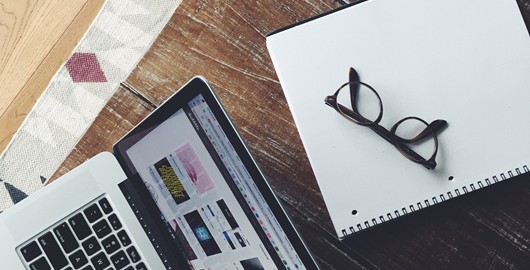Do you ever watch the television shows about people who live in “tiny homes” – let’s face it, some of them are really tiny. I’m always amazed at couples with kids, sometimes multiple kids, who decide to live in a tiny home.
After living in NYC for almost 10 years in a studio apartment, I have definitely come to appreciate my small little home in the city. At first, I remember thinking how I could never live in a studio apartment without a washer and dryer (gasp). But somehow I’ve survived. I like the simplicity of it – less things to clean and less furniture to buy gives you more time and money to do other things.
A few weeks ago I’ve caught myself wondering, “how small of an apartment could I actually live in?” I think this fueled a recent goal of de-cluttering my closet and getting rid of things I didn’t really love and hadn’t worn in a while.
As I was doing this, it felt amazing and it also made me value the things that were left in my closet. I was able to see and find things I had forgotten about.
Minimalism, de-cluttering and organizing all really boil down to a new motto or theme that I’m going to start focusing on, the idea of: “always be editing”.
As designers, we must always be editing. Here’s why …
It’s easy for us to keep adding new features to a product because we look at the product every day. But over time, all those features add up. Then, when a new user comes along, they are totally overwhelmed because they are seeing all of the features at once.
How do you find the balance and get into the mode of being a product editor, not just a product designer?
Here are 3 ideas on how to always be editing your product:
#1: For everything you add, take something away
Let’s say you are redesigning a landing page or a checkout process. Look at the page or sequence of pages and figure out what doesn’t really need to be there. How do you do this? The best way is to run a few usability tests with people. But if you can’t do that, then I’d gather a few of your team members and play a little game of “justify”. This means that you all walk through the experience or page and force yourselves to justify why every single thing is on the page. If you can’t justify it, get rid of it.
# 2: Get out of your head and see what other products do
It’s easy to get in a rut and only see things through the lens of your product. But to really see new ideas on how to edit your experience, you have to step away from the familiarity of your experience. Sites like UX Archive’s Onboarding Examples and User Onboard’s Teardowns help you see what other people are doing. It certainly doesn’t mean they are right. But it gives you a new perspective that you likely really need!
# 3: Edit the entire experience, not just the website or app
Today, the product is the experience and the experience is the brand. What does that mean? It means that the impression and option that people have about your product is influenced by every little interaction. Sure, that could be the website or app. But it extends beyond that. Are your emails helpful and in the right tone and voice? Does your activity on social media reflect the brand experience people have on the site? When people call customer service do they have the same feeling they did when they were using your product? Take time to “edit” the other areas that are extensions of specific screens on your product or app.
So this week don’t just be a designer. Take time to be an editor.

